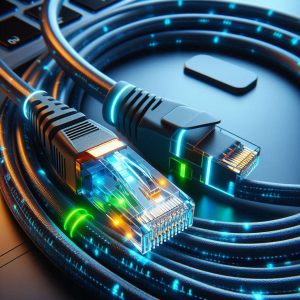cat6a utp vs ftp

In today's digital world, ensuring that the products we use are environmentally friendly and safe for human health has become increasingly important. One significant guideline in this regard is the RoHS (Restriction of Hazardous Substances) Directive, which plays a crucial role in the manufacturing of electronic components, including Ethernet cables.
By choosing RoHS-compliant Ethernet cables, consumers and businesses demonstrate their commitment to sustainable practices. These cables not only facilitate high-speed internet connections but also align with environmental regulations aimed at reducing the impact of hazardous waste from electronic products 5 .

communication-cable
Module
Unshielded RJ45/Shielded RJ45 Tool-FreeKeystone Jack
Patch Panel
1U 24-Port Unshielded or Shielded RJ45
Apr.16th-18th, 2024 Middle-East-Energy in Dubai
Apr.16th-18th, 2024 Securika in Moscow
May.9th, 2024 NEW PRODUCTS & TECHNOLOGIES LAUNCH EVENT in Shanghai
Post time: Sep-04-2024
